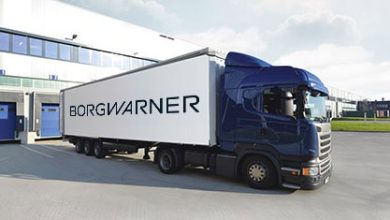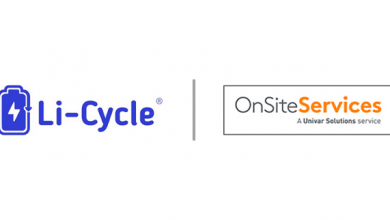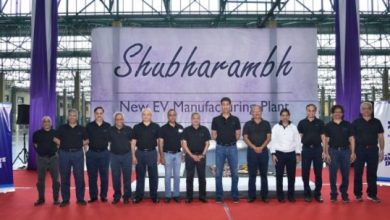TNO and Amber Working on Optimisation of Battery Lifespan
As electric cars gain popularity focus has also increased on optimizing battery use. In this line, Research organisation TNO and car-sharing platform Amber are working together to start up a feasibility study into the optimal use of electric cars.
Both the parties are collecting battery data from the Amber fleet to find out if a fleet manager can organise the sharing schedule in such a way that battery lifespan is increased in the long run.
The age of the battery is not part of the equation at the moment, and only the availability, planning and battery charging levels determine the charging schedule and use of cars in a fleet. Both the companies want to see whether a sharing schedule that does take the battery’s age into account can contribute to increasing battery quality in the long term.
The companies aim to find out the Impact of battery use on operating costs and profits to be gained. With the knowledge acquired, fleet managers such as Amber could, from day 1, aim to offer those vehicles that have the longest battery lifespan in the entire fleet. This could also contribute to a better estimate of the value of the battery towards the end of a lease contract – and maybe make it possible to continue driving with one battery pack for longer. Therefore improving battery lifespan could have a major impact on the operating costs of electric cars.
The feasibility study runs until mid-June 2020. In order to collect the data, 30 Ambers are equipped with a measuring device that is connected to the battery. The selected vehicles are average in age, intensity of use and distances driven. The collected data is not linked to any data of the car’s users. After the study, both TNO and Amber will determine whether the results are valuable enough for a concrete implementation of the various usage scenarios. The project is part of the DKTI2019 rule of the Ministry of Infrastructure and the Environment (Dutch only).
TNO also plans to connect this project, which is managed from Helmond, with other European research in this area also.
Source: Press Release



